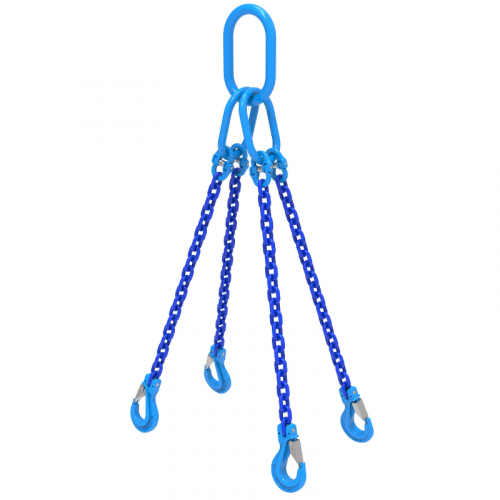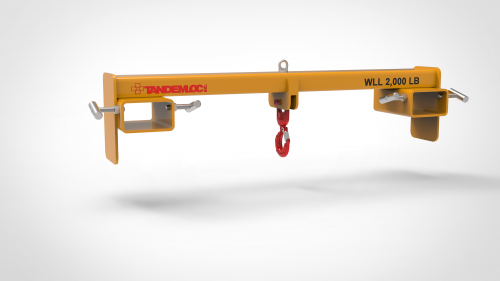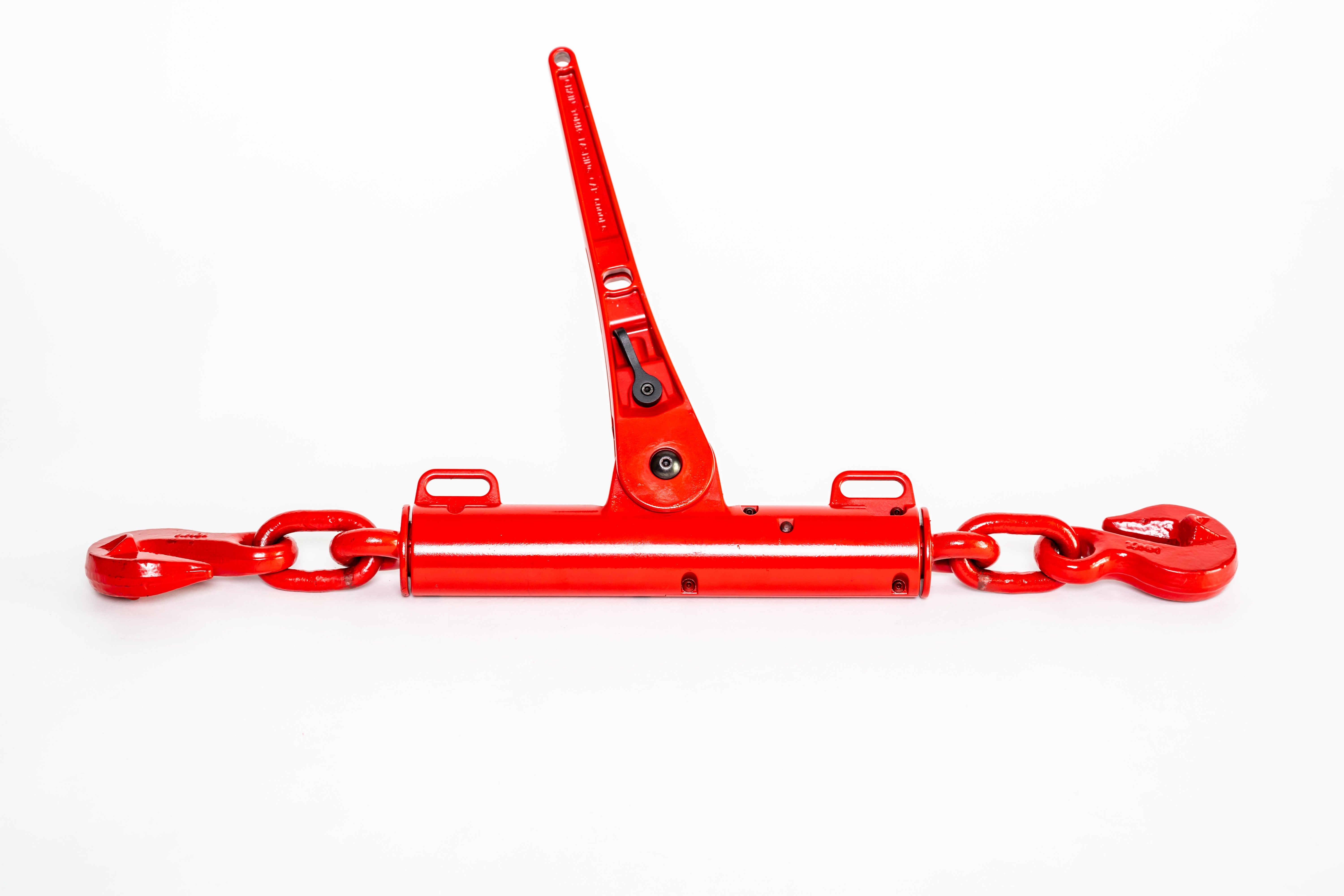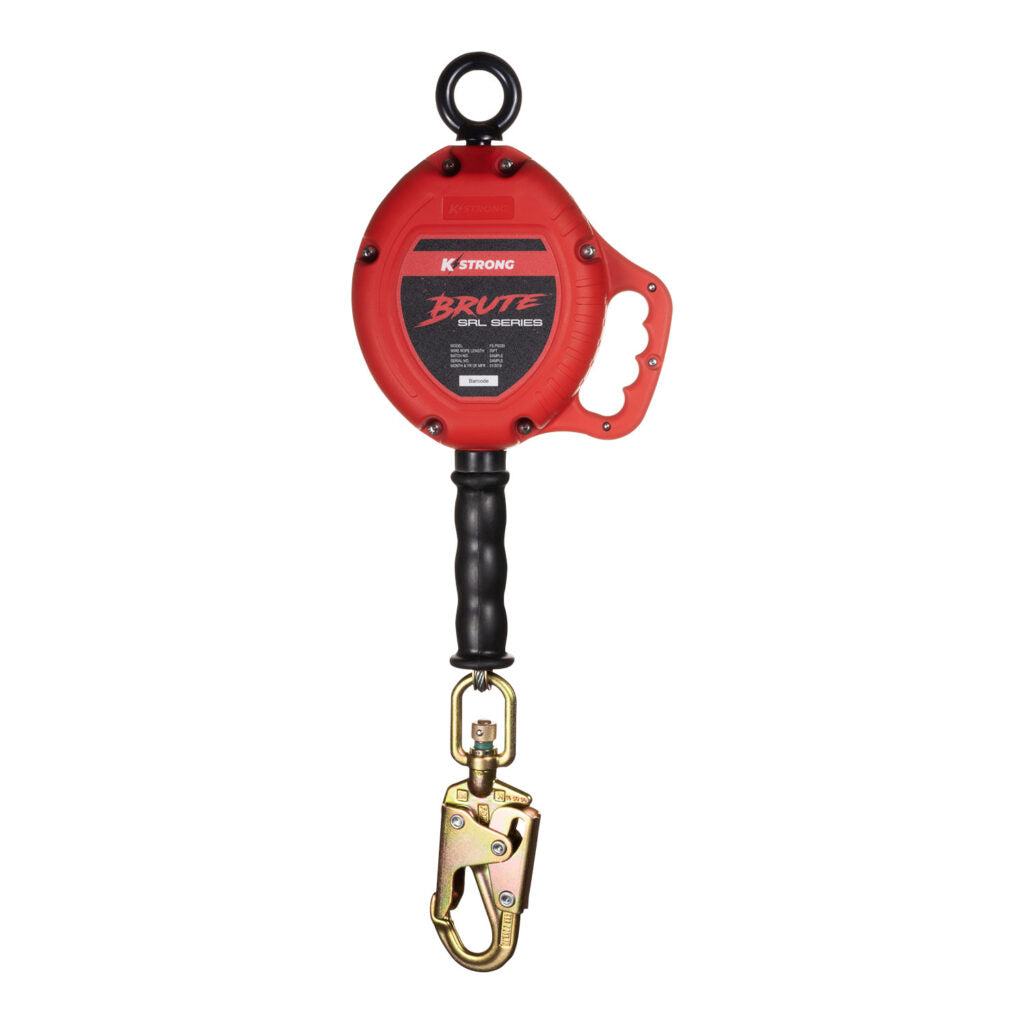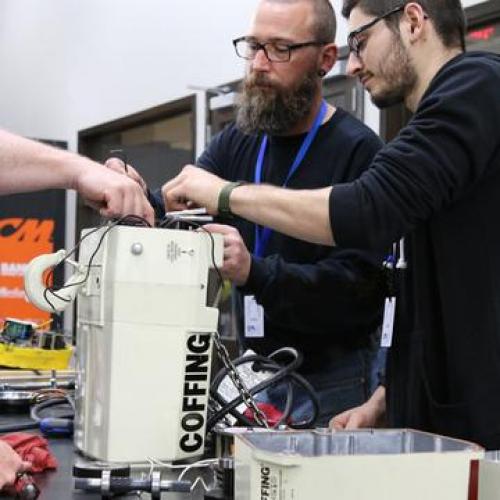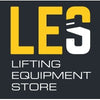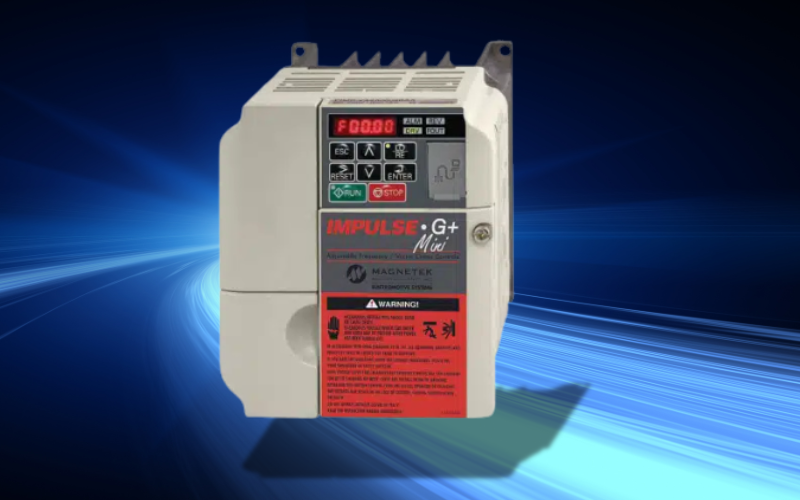After more than a decade of supplying electric chain hoists to businesses across all industries — construction, manufacturing, automotive, you name it — I’ve noticed one detail that often gets overlooked: lifting speed.
Whether it’s lifting engine blocks in a busy garage, repositioning equipment on a factory floor, or handling materials on a job site, the speed at which your hoist operates plays a bigger role than most people think. It directly affects how productive your team can be, how safe your lifts are, and how long your equipment will last.
I’ve had countless conversations with site managers and technicians who only realize after the fact that they chose the wrong speed for their application. And trust me — it makes a big difference.
In this blog, I’ll unpack the basics of motorized hoist lifting speeds, what influences them, and how to decide which speed is the best for your specific application.
WHAT IS HOIST LIFTING SPEED?
Simply put, hoist lifting speed refers to how quickly a hoist can raise or lower a load. Typically measured in feet per minute (ft/min), lifting speed varies depending on the hoist's power, load capacity, and mechanical gearing.
Most electric chain hoists offer lifting speeds ranging from 10ft – 21ft per minute, although some high-performance hoists designed for production or automation can go even faster, while precision hoists used for delicate or high-load lifts might operate more slowly to offer better control.
WHY LIFTING SPEEDS MATTER
From what I’ve seen over the years, lifting speed isn’t just a number on a spec sheet — it has a direct impact on how well your operation runs day to day. Here’s a straightforward breakdown of how different speeds affect real-world hoist performance:
Efficiency
If you’re running a high-volume setup — say a production line or a busy warehouse — then a faster lifting speed can be a game changer. It means more lifts in less time, which adds up quickly when you’re on tight schedules or working to deadlines.
But it’s not always about going full throttle — the lifting speed needs to suit the workflow. Lift too quickly, and you risk damaging delicate materials; for instance, moving a load of glass panels at high speed could easily result in breakage due to sudden stops or swinging. On the other hand, lifting too slowly can create bottlenecks — like when you’re removing parts from a dipping or chemical treatment tank.
If the hoist doesn’t lift fast enough, you could compromise the finish or safety of the part, leading to rework or even scrapping the item altogether. The key is choosing a hoist with a speed profile that matches your process — whether that’s consistent precision or rapid throughput.
Safety
In environments where you’re moving heavy, bulky, or delicate loads, a slower speed gives your team more control. I’ve seen this especially in places like fabrication shops or during machinery installs, where precision matters. A slower hoist speed helps reduce the chance of sudden shifts, load swings, or operator error — things that can easily lead to accidents.
Wear & Tear
It’s tempting to go for the fastest hoist you can afford, but lifting at high speeds puts more strain on the motor, gears, and chain. Over time, that extra stress leads to more frequent breakdowns and higher maintenance costs. I always advise customers to match the speed to the job — not just for performance, but for the long-term health of the equipment.
Operator Control
Not every operator is highly experienced, and even for those who are, a load can behave unpredictably, especially if it’s unbalanced or suspended from a long chain. That’s where dual-speed or variable-speed hoists really shine. They give you the ability to slow things down when it counts, offering more control during delicate lifts or final positioning.
TYPES OF HOIST LIFTING SPEEDS
There are generally three types of lifting speed setups found in electric chain hoists:
1. Single-Speed Hoists
These hoists operate at one fixed speed, typically between 10-21ft/min, They’re simple, cost-effective, and suitable for general lifting tasks where precision isn't critical.
Best For: Workshops, small warehouses, occasional lifting
2. Dual-Speed Hoists
These offer a high speed for general lifting and a low speed for precision placement. Dual-speed hoists are perfect when you need the best of both worlds: efficiency and accuracy. Check out the Bison range, great value dual speed hoists and ready to ship today!
Best For: Assembly lines, building with three phase power, construction site, maintenance shops
3. Variable Speed Hoists (VFD-controlled)
The most advanced option, these hoists use a Variable Frequency Drive (VFD) to allow smooth and adjustable speed control. They offer maximum flexibility and are ideal for complex, high-value operations.
I personally love the CM VS Variable Speed Hoist for its ability to be fitted with CM’s unique Intelli-Connect system that allows the owner to connect to the hoists onboard computer and configure the hoist speeds, as well as download data and modify a range of other settings. Check it out here.
Best For: Production lines, aerospace, heavy-duty and delicate applications
HOW TO CHOOSE THE RIGHT HOIST SPEED FOR YOUR APPLICATION
Here are a few real-world factors to consider when deciding on your ideal hoist speed:
- Load Weight: Heavier loads may require slower speeds to maintain control and minimize swing.
- Frequency of Use: If your hoist is running all day, a faster speed can boost productivity — but only if your operators can handle the pace And that it won’t negatively affect the load such as spilling a liquid or damaging the load in any way, additionally one should consider the faster pace can cause a more dynamic load, swinging and shock loading should be considered when thinking about speed, this is where a variable speed hoist can really shine..
- Precision Needs: If you’re installing equipment or aligning heavy components, slower, dual-speed or variable speed options are safer and more efficient.
- Working Height: If you're lifting over long vertical distances, a faster hoist minimizes cycle times. This also reduces motor wear and prolongs the life of the hoist.
- Operator Experience: Beginners often perform better with slower, more forgiving speeds.
DON’T OVERLOOK LIFTING SPEED
By now, you should have a clear understanding of how hoist lifting speeds affect every part of your operation, from day-to-day efficiency to long-term reliability and safety. It’s not just a technical detail; it’s a crucial factor in choosing the right hoist for the job.
Whether you need speed for fast-paced lifting or precision for more controlled handling, you’re in a much better position to make an informed decision. And the good news? You don’t have to look far.
Our Electric Chain Hoists collection features a carefully curated range of hoists from trusted names like CM, Bison, and Harrington. Every model is listed with clear specs on lifting speeds, load capacities, and control features — so you can compare easily and buy with confidence.
If you’re still unsure about which lifting speed is best for your application, don’t worry — that’s what we’re here for. Reach out to us today!
After more than ten years of helping customers across construction, manufacturing, logistics, and beyond, I’ve learned there’s no such thing as a one-size-fits-all solution. But with the right guidance, you can get exactly what you need, first time with no headaches!

